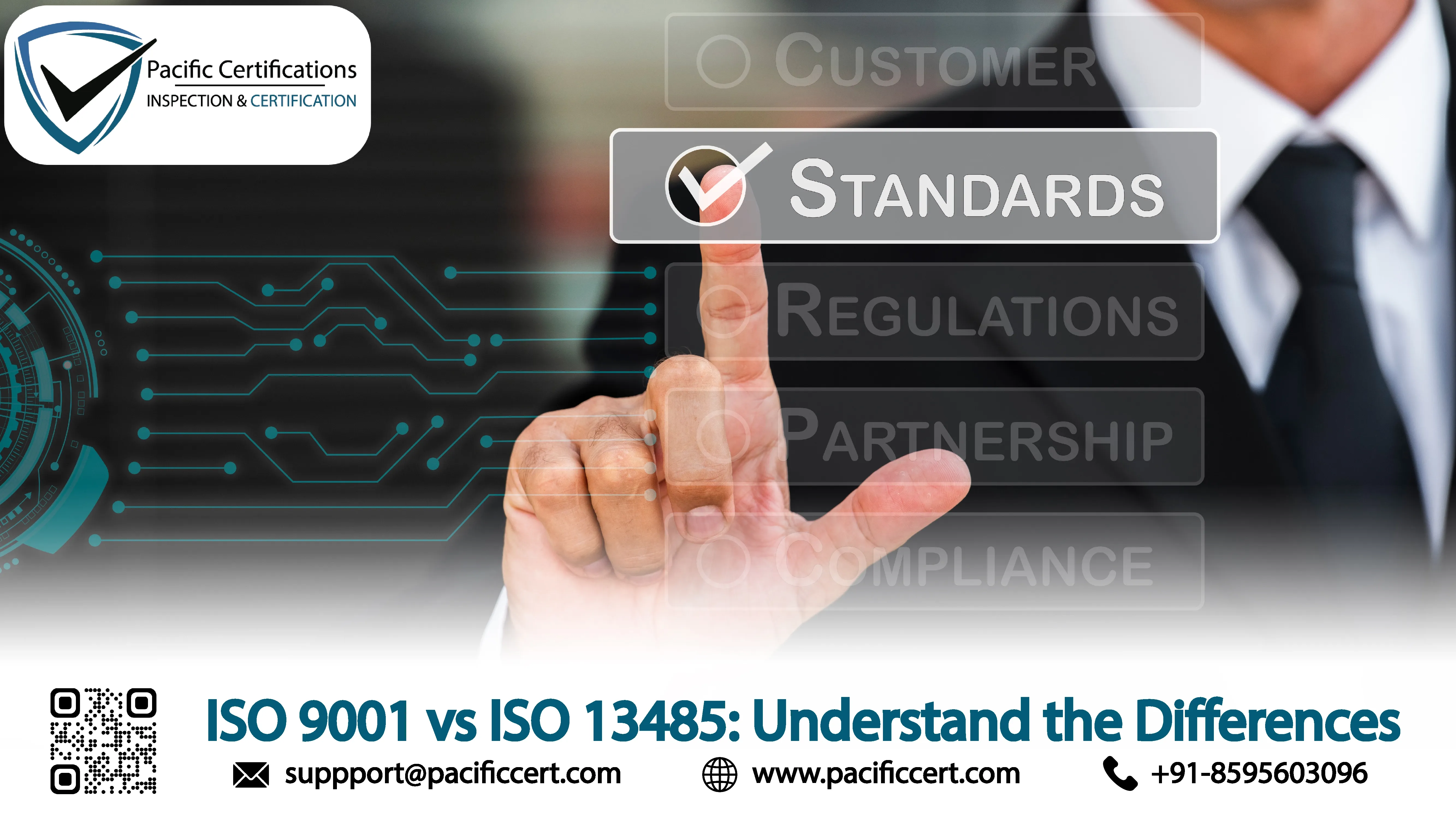ISO 9001 vs ISO 13485: Understanding the Differences
Introduction
Organizations in manufacturing, healthcare, medical devices or related industries often ask: what’s the real difference between ISO 9001 (Quality Management Systems) and ISO 13485 (Medical Device QMS)? While both standards emphasize quality, their focus, requirements and compliance implications differ substantially. Understanding those distinctions helps you pick the right path for your organization.
Core Purpose & Scope
-
ISO 9001 is a general quality management standard. It applies to any organization—regardless of industry—that wants to demonstrate consistent quality and continual improvement.
-
ISO 13485 is specific to the medical devices sector (including components, software, services). It incorporates regulatory and safety requirements beyond generic quality.
Regulatory & Safety Emphasis
-
ISO 9001 primarily addresses customer satisfaction, process efficiency, corrective action, management commitment, etc.
-
ISO 13485, in addition, mandates stronger risk management, traceability, validation and control to comply with medical device regulation in various markets. It aligns closely with FDA, MDR, CE and other device regulations.
Risk, Validation & Design Controls
-
Under ISO 9001, risk-based thinking is encouraged but mostly at the process and business level.
-
ISO 13485 demands rigorous design controls, product validation, verification, risk analysis across the entire device lifecycle (from concept to post-market).
Documentation & Traceability Requirements
-
ISO 9001 requires documented procedures where they are essential, and control of documented information.
-
ISO 13485 requires more extensive documentation: device history records, traceability from raw materials to finished device, changes logs, software validation records, etc.
Which Should You Choose?
-
If you manufacture medical devices, diagnostics, or components, ISO 13485 is often mandatory or strongly expected.
-
If you provide general services or manufacture non-medical products but wish to improve quality and gain credibility, ISO 9001 may suffice.
-
Some organizations adopt both, using ISO 9001 as a backbone and layering in ISO 13485 for medical lines.
How Pacific Certifications Can Help?
Pacific Certifications offers auditing and certification for both ISO 9001 and ISO 13485. We help you assess which standard fits your operations, plan implementation or integration, conduct gap assessments, guide documentation, and manage audit readiness. Our auditors bring sector experience to ensure your medical or quality system meets expectations.
Read more: ISO 9001 vs ISO 13485: Understanding the Differences

Comments
Post a Comment